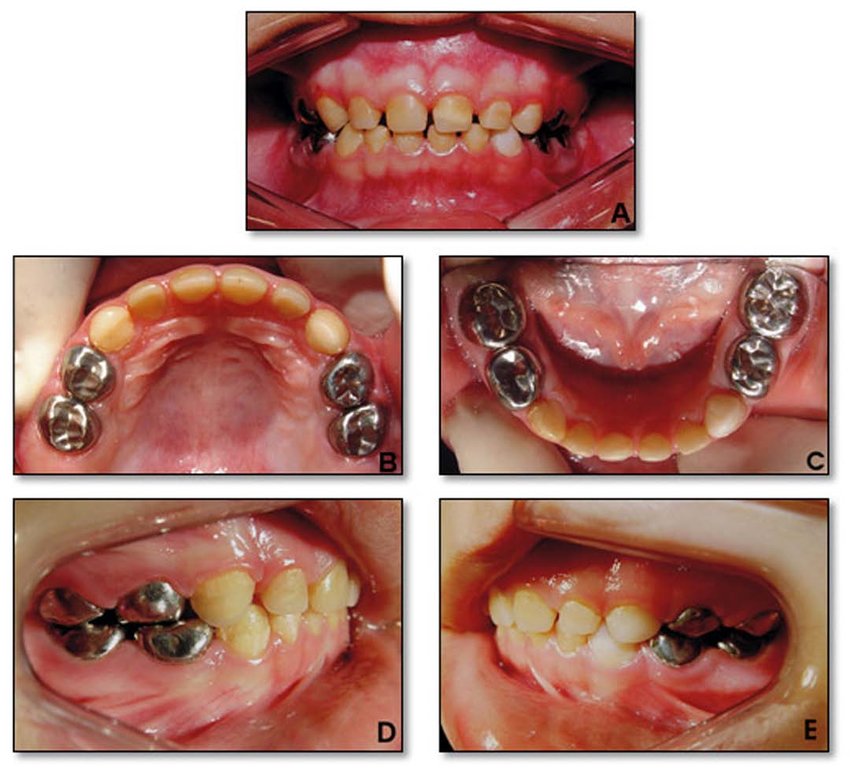Baby root canal

Baby Root Canal: A Comprehensive Guide for Parents
As parents, ensuring the health and well-being of our children is always a top priority. Dental health is an integral part of overall health, and sometimes, despite our best efforts, children may require dental procedures to address issues such as tooth decay or infection. One such procedure is a baby root canal, also known as a pulpotomy or pulpectomy. This comprehensive guide aims to provide parents with all the information they need about baby root canals, including what they are, why they are needed, how they are performed, and what to expect during and after the procedure.
Understanding Baby Root Canals
What is a Baby Root Canal?
A baby root canal is a dental procedure performed on primary (baby) teeth to treat decay or infection that has reached the pulp, the innermost part of the tooth that contains nerves and blood vessels. The primary goal of a baby root canal is to preserve the tooth until it naturally falls out to make way for the permanent tooth.
Types of Baby Root Canals
- Pulpotomy: This involves removing the infected or inflamed pulp tissue from the crown portion of the tooth, while leaving the healthy pulp in the roots intact.
- Pulpectomy: This is a more extensive procedure where all the pulp tissue from both the crown and the roots is removed. This is usually done when the infection has spread beyond the crown into the roots.
Why is a Baby Root Canal Necessary?
Primary teeth play several critical roles in a child’s development, including:
- Guiding Permanent Teeth: Primary teeth help guide the permanent teeth into their correct positions.
- Maintaining Space: They maintain the space needed for the permanent teeth to erupt properly.
- Chewing and Speaking: Primary teeth are essential for proper chewing and speech development.
When a primary tooth is severely decayed or infected, a baby root canal may be necessary to save the tooth and prevent the infection from spreading, which can affect the underlying permanent tooth.
Signs Your Child May Need a Baby Root Canal
Common Symptoms
- Toothache: Persistent tooth pain or sensitivity, especially to hot or cold foods.
- Swelling: Swelling in the gums around the affected tooth.
- Discoloration: Darkening or discoloration of the tooth.
- Bad Breath: Persistent bad breath or a bad taste in the mouth.
- Abscess: Presence of an abscess or pimple-like bump on the gums.
Dental Examination and Diagnosis
If your child exhibits any of these symptoms, it is essential to visit a pediatric dentist for a thorough examination. The dentist will conduct a visual examination and may take X-rays to assess the extent of the decay or infection and determine the appropriate treatment.
The Baby Root Canal Procedure
Preparing for the Procedure
Initial Consultation
- Medical and Dental History: The dentist will review your child’s medical and dental history to ensure there are no underlying conditions that could affect the procedure.
- Discussion of Options: The dentist will explain the procedure, discuss the benefits and risks, and answer any questions you may have.
Pre-Procedure Instructions
- Dietary Restrictions: Depending on the type of anesthesia used, your child may need to avoid eating or drinking for a few hours before the procedure.
- Comfort Items: Bring a favorite toy or blanket to help your child feel more comfortable and relaxed.
Steps Involved in a Baby Root Canal
- Anesthesia: Local anesthesia is administered to numb the affected tooth and surrounding area. In some cases, sedation may be used to help keep your child calm and comfortable.
- Access Opening: A small hole is drilled into the tooth to access the pulp chamber.
- Pulp Removal: The infected or damaged pulp tissue is removed from the crown and, if necessary, from the roots.
- Cleaning and Disinfecting: The inside of the tooth is thoroughly cleaned and disinfected to remove any remaining bacteria.
- Filling: The cleaned area is filled with a biocompatible material. In a pulpotomy, the crown is filled, while in a pulpectomy, both the crown and root canals are filled.
- Restoration: The tooth is then restored with a crown or filling to protect it and restore its function.
Duration of the Procedure
The duration of a baby root canal varies depending on the extent of the decay and the type of procedure (pulpotomy or pulpectomy), but it generally takes about 30 to 60 minutes.
Pain Management and Comfort
During the Procedure
- Local Anesthesia: Local anesthesia ensures that your child does not feel pain during the procedure.
- Sedation Options: If needed, sedation options such as nitrous oxide (laughing gas) or oral sedatives can help keep your child calm and comfortable.
After the Procedure
- Pain Relief: Over-the-counter pain relievers, such as acetaminophen or ibuprofen, can help manage any post-procedure discomfort.
- Cold Compresses: Applying a cold compress to the outside of the cheek can help reduce swelling and numb the area.
- Dietary Recommendations: Soft foods and avoiding hot or cold foods for the first few days can help minimize discomfort.
Recovery and Aftercare
Immediate Aftercare
- Monitoring: Keep an eye on your child for any signs of complications, such as excessive swelling, pain, or fever.
- Oral Hygiene: Encourage gentle brushing and avoid the treated tooth for the first day or two.
Long-Term Aftercare
- Regular Dental Visits: Regular check-ups with the dentist are essential to monitor the treated tooth and ensure it remains healthy.
- Good Oral Hygiene Practices: Encourage good oral hygiene habits, including brushing twice a day, flossing, and avoiding sugary foods and drinks.
Potential Complications
- Infection: While rare, there is a risk of infection after a baby root canal. Contact your dentist if your child experiences severe pain, swelling, or fever.
- Tooth Fracture: The treated tooth may be more fragile and prone to fractures. Avoid hard foods and encourage careful chewing.
Benefits of a Baby Root Canal
Preserving Natural Teeth
- Maintaining Function: A baby root canal allows the primary tooth to continue functioning normally, aiding in chewing and speech development.
- Preventing Misalignment: Preserving the primary tooth helps maintain the proper alignment and spacing for the permanent teeth.
Preventing Further Complications
- Stopping Infection Spread: Treating the infected tooth prevents the infection from spreading to other teeth and potentially affecting the underlying permanent tooth.
- Reducing Pain: A baby root canal eliminates the source of pain and discomfort, improving your child’s overall well-being.
Cost-Effectiveness
- Avoiding Costly Treatments: Preserving the primary tooth can prevent the need for more complex and expensive dental treatments in the future.
- Insurance Coverage: Many dental insurance plans cover the cost of a baby root canal, making it an affordable option for parents.
Frequently Asked Questions (FAQs)
Is a Baby Root Canal Painful?
The procedure itself is not painful due to the use of local anesthesia. Some discomfort or sensitivity may occur after the procedure, but it is usually manageable with over-the-counter pain relievers.
How Long Does a Baby Root Canal Last?
A baby root canal can last until the primary tooth naturally falls out and is replaced by a permanent tooth. The longevity of the procedure depends on factors such as the extent of the decay, the child’s oral hygiene, and regular dental check-ups.
Are There Alternatives to a Baby Root Canal?
In some cases, the dentist may consider alternatives such as:
- Tooth Extraction: If the tooth is severely decayed and cannot be saved, extraction may be necessary. A space maintainer may be used to preserve the space for the permanent tooth.
- Silver Diamine Fluoride (SDF): This is a non-invasive treatment that can help stop the progression of decay and may be used in certain cases.
How Can I Prevent the Need for a Baby Root Canal?
Good oral hygiene and regular dental visits are key to preventing tooth decay and the need for a baby root canal. Tips for maintaining your child’s oral health include:
- Brushing and Flossing: Encourage your child to brush twice a day and floss daily.
- Healthy Diet: Limit sugary snacks and drinks, and promote a balanced diet rich in fruits, vegetables, and dairy products.
- Regular Dental Visits: Schedule regular dental check-ups and cleanings to catch and address any issues early.
What Should I Do if My Child is Anxious About the Procedure?
It’s common for children to feel anxious about dental procedures. Here are some tips to help ease their anxiety:
- Explain the Procedure: Use simple, reassuring language to explain what will happen during the procedure.
- Positive Reinforcement: Offer praise and small rewards for cooperating with the dentist.
- Comfort Items: Bring a favorite toy or blanket to the appointment to help your child feel more secure.
- Professional Support: Some pediatric dentists specialize in managing dental anxiety and can provide additional support and techniques to help your child feel more comfortable.
Related to read:
Best Oral Hygiene Practices For Optimum Oral Health.
How to Whiten Teeth Naturally?
How to keep your gums healthy and disease-free?
References
To ensure the information provided is accurate and up-to-date, the following sources were referenced:
- American Dental Association. (n.d.). Plaque and Tartar. Retrieved from ADA website
- Mayo Clinic. (n.d.). Dental Plaque. Retrieved from Mayo Clinic website
- National Institute of Dental and Craniofacial Research. (n.d.). Periodontal (Gum) Disease. Retrieved from NIDCR website









